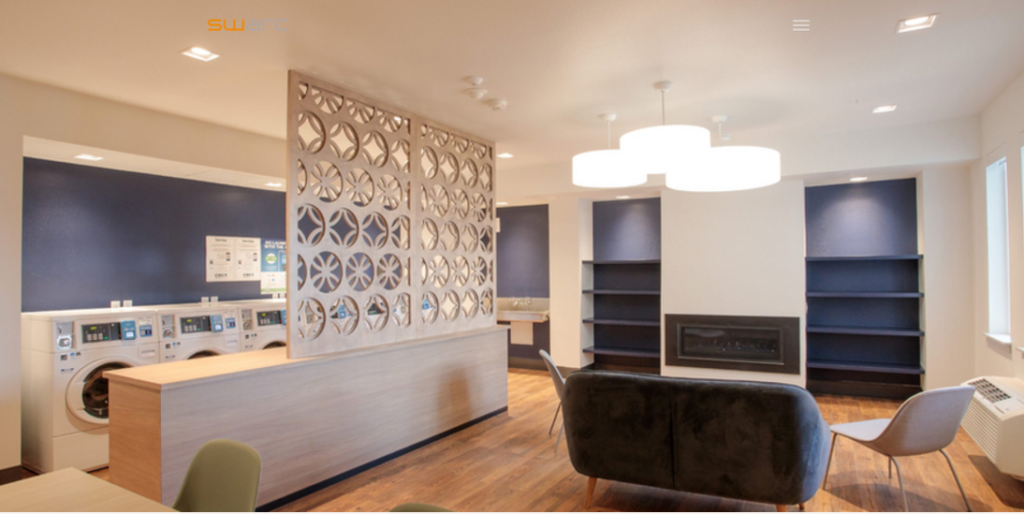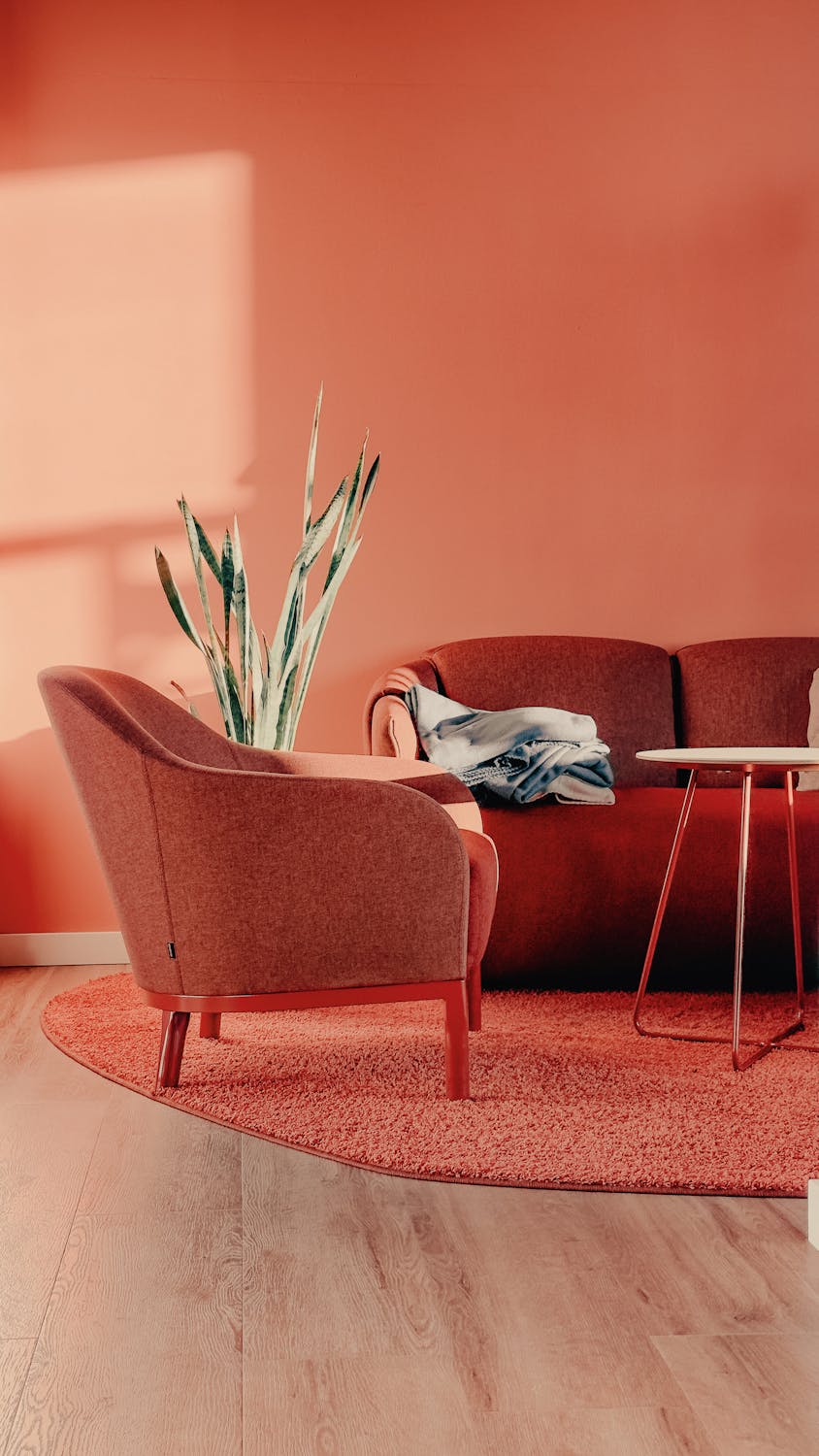In recent years, the design field has gained greater understanding of how people’s unique emotional, mental, physical and spiritual needs can be met through interior design that is informed by knowledge about wellness, neurodiversity and neuroaesthetics.
Less well known may be trauma-informed design. But designers specializing in field say there is a great need, with as much of 90% of the population having been impacted by trauma. Why is the number so high? In part because the mental health field is redefining what is meant by trauma.

“We use the substance abuse and mental health services definition of trauma and what that comes down to is three basic elements: the event or series of events that happen, the fact that it impacts a person, and the fact that the person feels like the event (or series of events) negatively impacts their mental health or well-being and has a lasting negative impact on their life (longer than six months),” says Christin Cowart, co-founder and chief operations officer for the Boston-based Trauma-Informed Design Society.
That means “we are no longer thinking of it as ‘big T’ or ‘little t’ trauma,” Cowart says. “If an event or series of events overwhelms your central nervous system, and it is trauma to you, you have gone through trauma. We’re judging it by the person and their experience.” Trauma, broadly, can fall into four types: acute, chronic, complex and system induced.

Nicole Baxter, founder of NBaxter Design, an interior design and real estate firm in Chapel Hill, North Carolina, says she started thinking about how our homes can impact our emotional health — and how our emotional health can impact how we feel in our homes — about a decade ago. It led to work on her book, “Designing the Emotional Home.”
“While I was writing it, I started to realize that home wasn’t always this wonderful, magical, fabulous place for everyone,” Baxter says. “Some people had some really rough upbringings. … I started thinking about how we can shape our environment to help people who’ve gone through some sort of negative or traumatic events in their lives.”
Baxter’s research on the subject led her to the Trauma-Informed Design Society, Cowart, and the organization’s co-founder and CEO Janet E. Roche. Baxter moderated a conversation between Cowart and Roche during the Future of Design Expo in High Point this fall. The event focused on designing spaces that promote health, wellness and happiness for specific populations.

The goals of trauma-informed design are to create uniquely designed spaces where all users feel a sense of safety (both physical and emotional), respect, community, dignity, connection, control and joy, say Cowart and Roche.
To create such spaces — whether commercial, institutional or residential — it’s vital to understand who will be using the space and what’s important to them, just as an interior designer would for any project. But beyond that, designers should anticipate and mitigate potential triggers to provide a sense of empowerment and comfort for clients.
Cowart and Roche offer some specific examples from their work on commercial and institutional spaces. For instance, victims of domestic or other violence may feel uncomfortable in enclosed spaces where they can’t see potential threats or easily leave. In that case, creating open spaces with clear sightlines would be a priority. As a designer, you also might want to establish second exits from certain rooms, if possible.
Other people might be triggered by loud noises, necessitating features like acoustic panels. Or perhaps your client needs to avoid overly bright lights — or, conversely, dark shadows — requiring dimmers, the use of warm or cool bulbs, and other lighting techniques. Soothing or uplifting aromatherapy can be an important feature in spaces designed for people who’ve experienced trauma, Roche says. But, like other design elements, aromatherapy must be handled carefully, as some scents could have an opposite effect, trigging fear or other negative emotions.
Roche notes that trauma-informed design is a challenging specialty that requires a deft touch with clients — and a clear understanding that an interior designer is a facilitator rather than therapist.
“We don’t want to traumatize (clients); we don’t want to traumatize ourselves,” Roche says. “… There is a bit of a risk involved because you have to protect (your clients) and protect yourself at the same time.”
That said, she and Cowart offer several tips for working with clients who’ve experienced trauma. Many of these are also good practices when dealing with any clients:
* Silence your phone during conversations.
* Use open body language.
* Use person-first and gender-neutral language.
* Use language that is nonjudgemental and that recognizes people’s strengths.
* Avoid language that stigmatizes or perpetuates negative stereotypes.
* Try not to interrupt.
* Tolerate pauses, even long ones.
* Build rapport and trust.
* Make space and time for storytelling.
* Try not to show your own discomfort or feelings.
* Be compassionate but matter of fact if a client discloses incidents of abuse or violence.
Cowart cautions that information like this represents a broad overview of the issues involved in trauma-informed design but other resources are available. For instance, the Boston Architectural College offers courses on the subject, she says, and the Trauma-Informed Design Society provides a number of research reports, guides and case studies on its website. Cowart and Roche, along with co-authors Adrienne Erdman and Dr. J. Davis Harte, also have written “Trauma-Informed Design: A Framework for Designers, Architects and other Practitioners,” which will be available soon.



